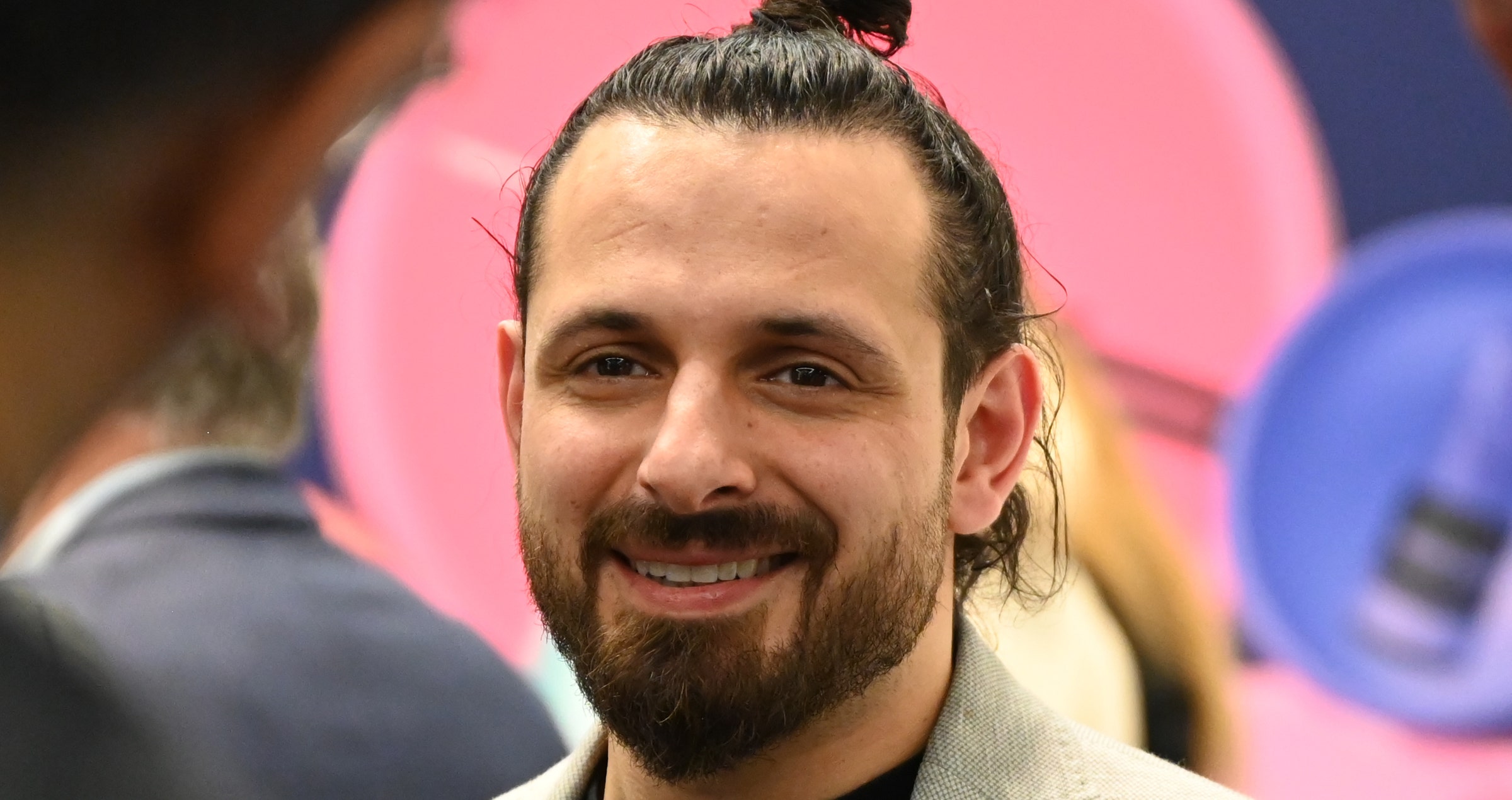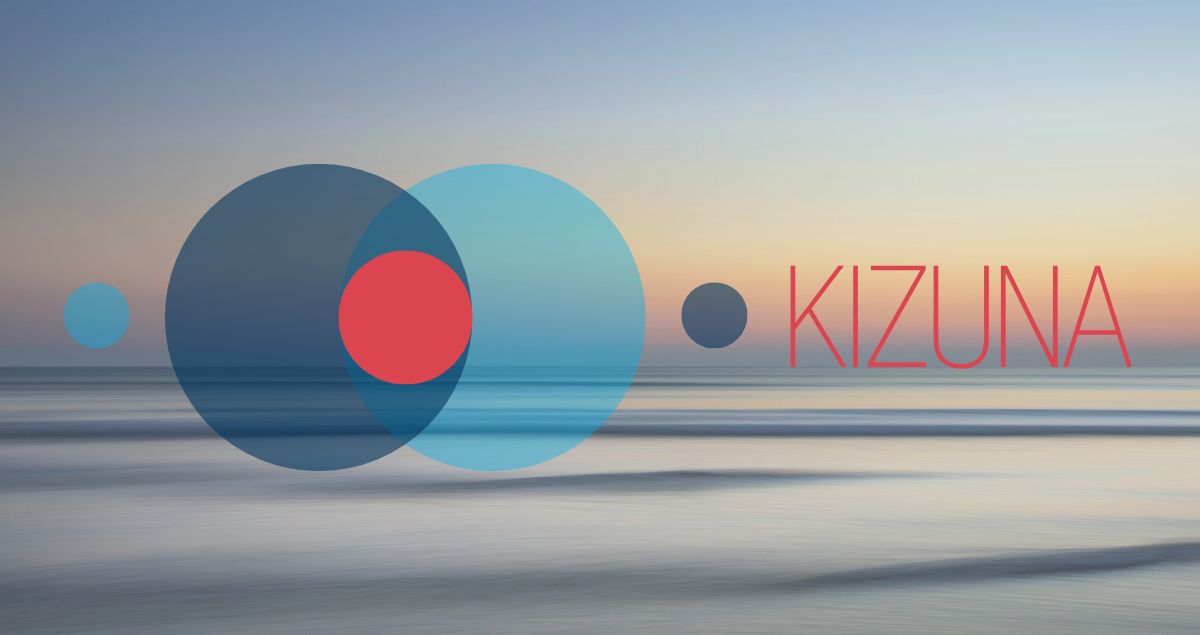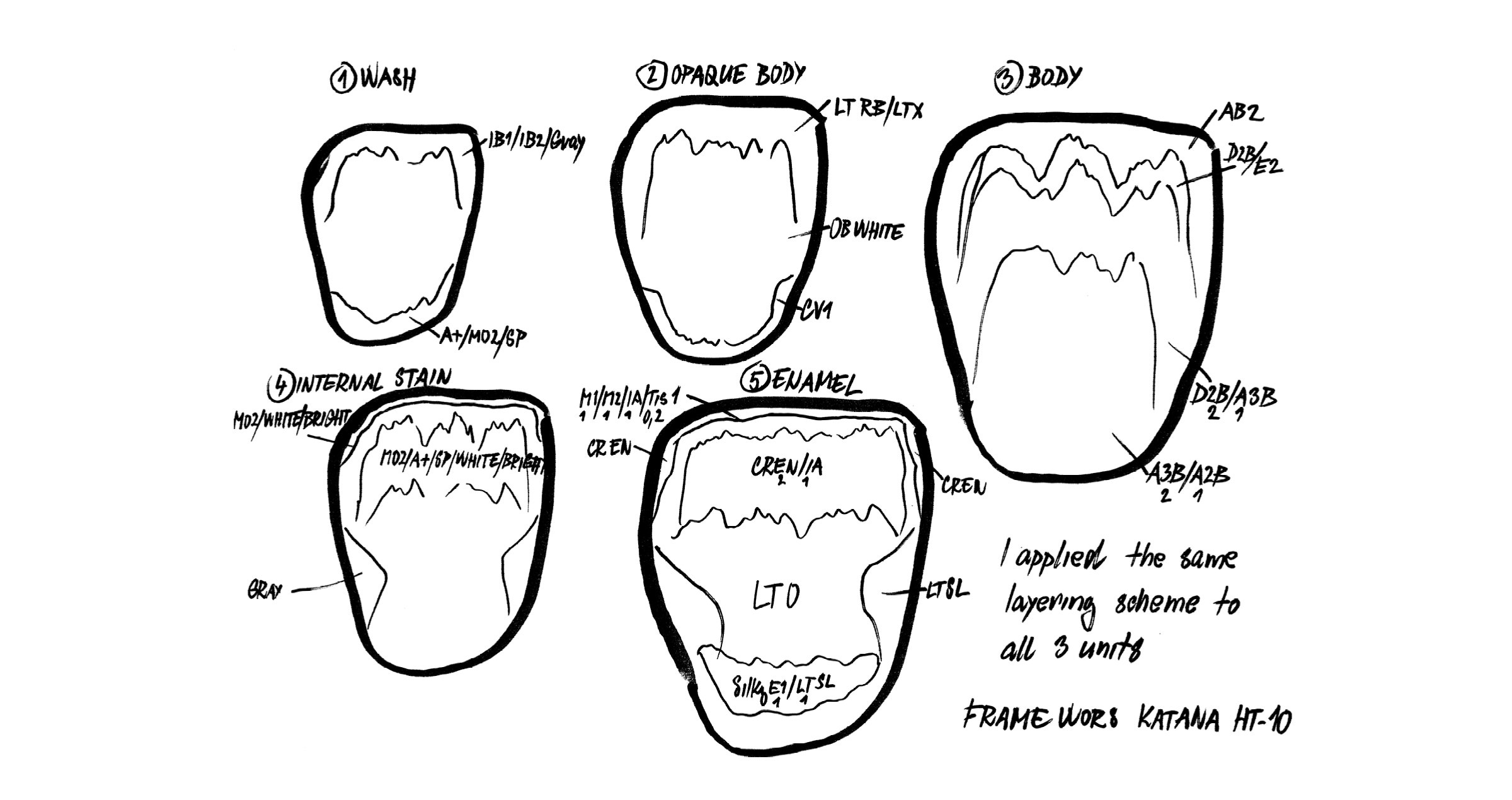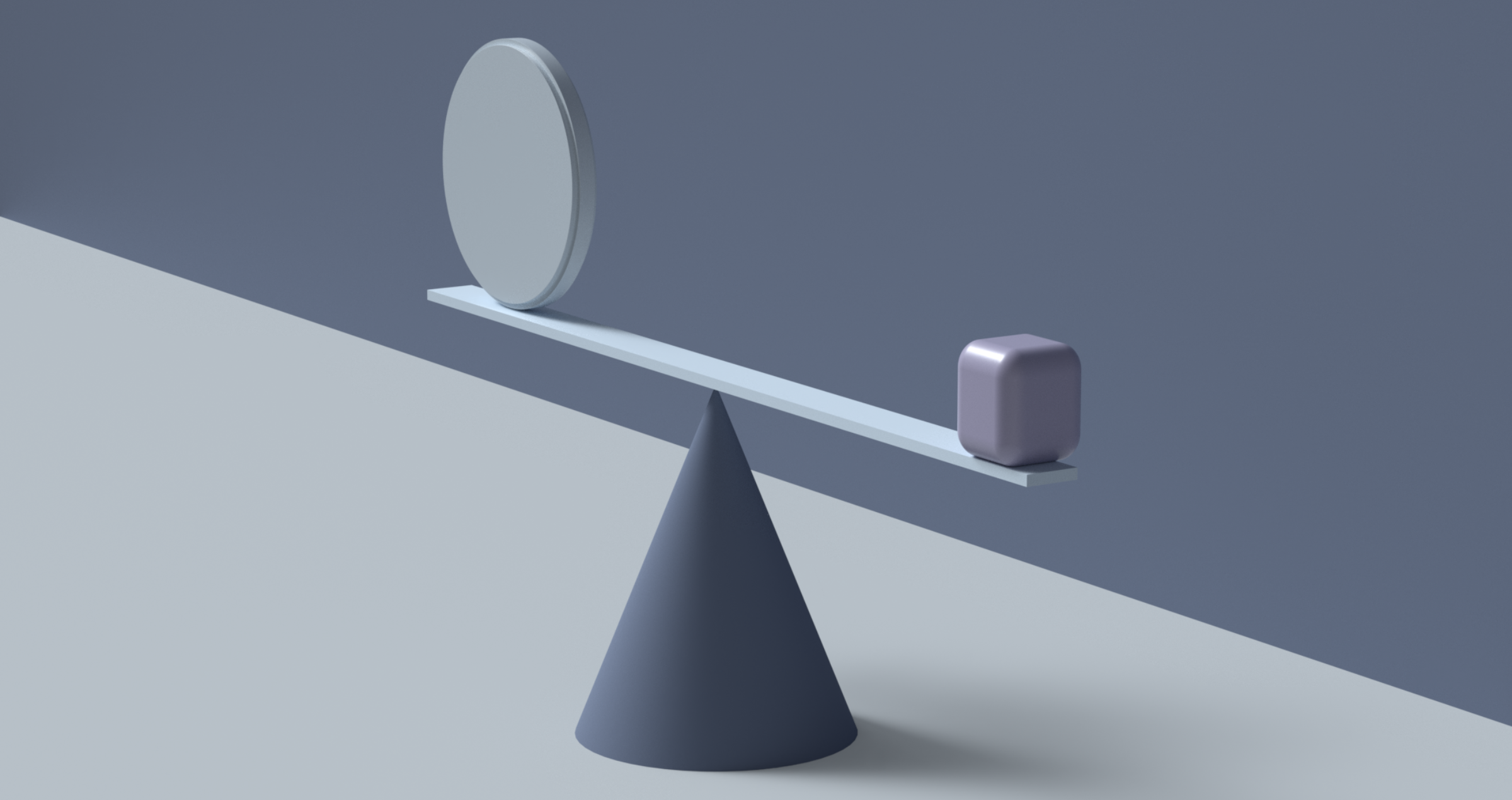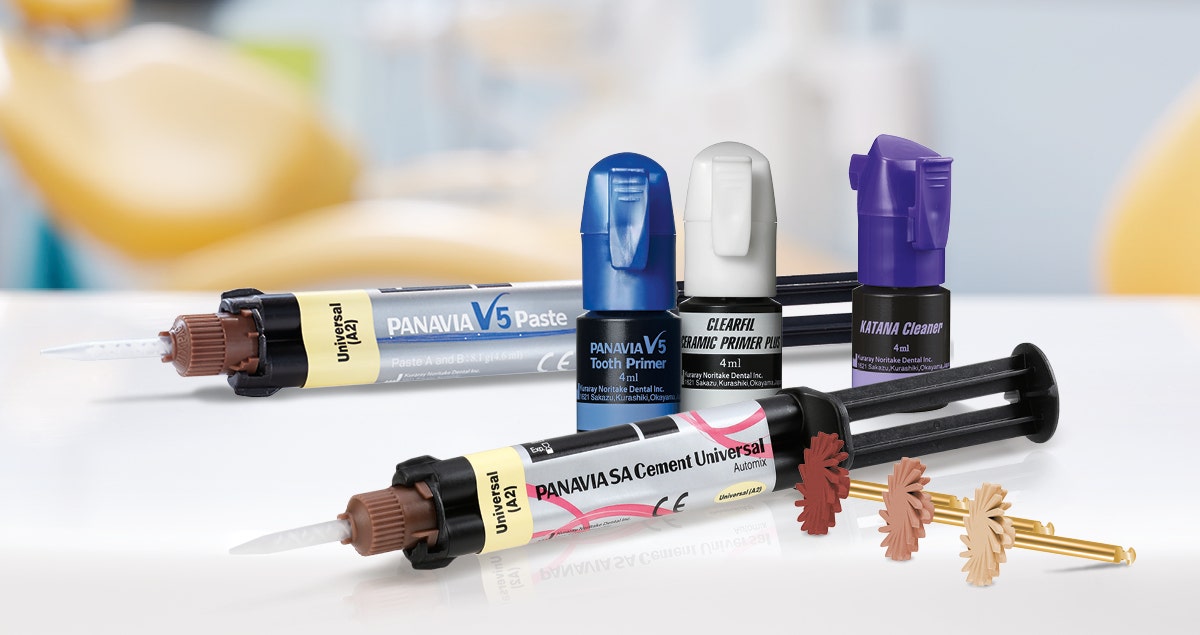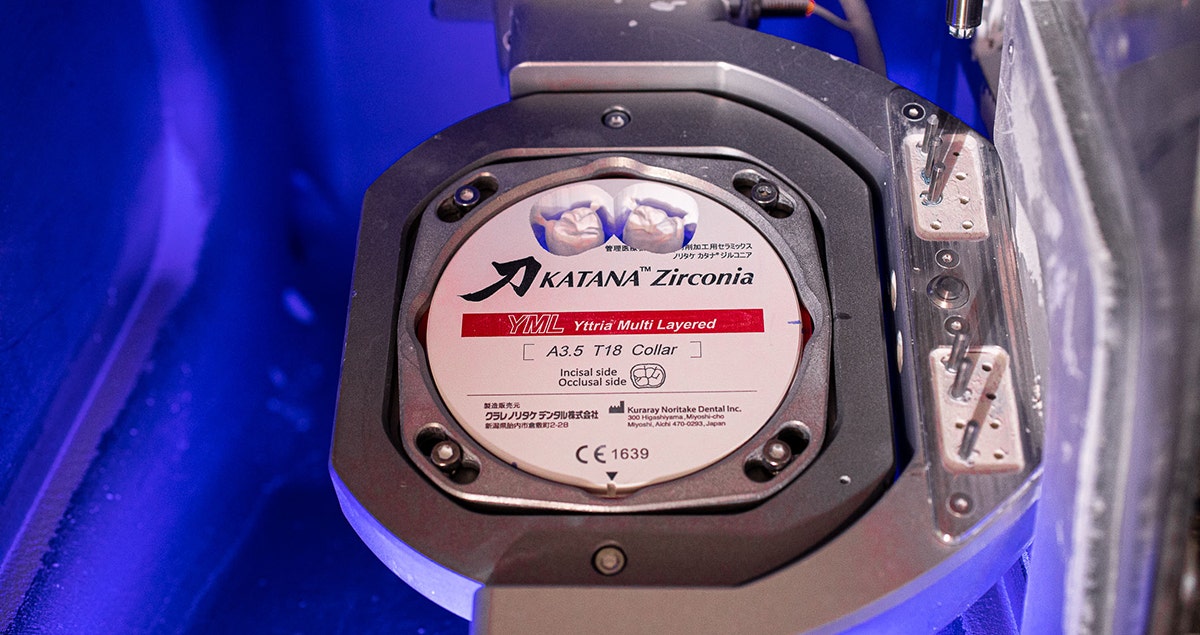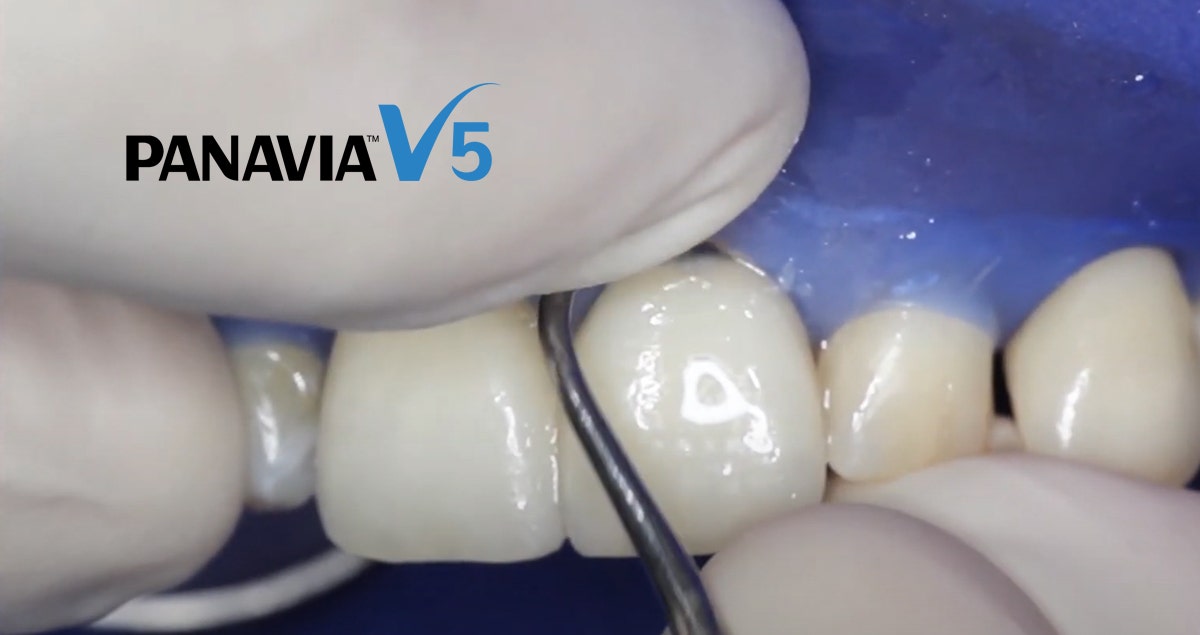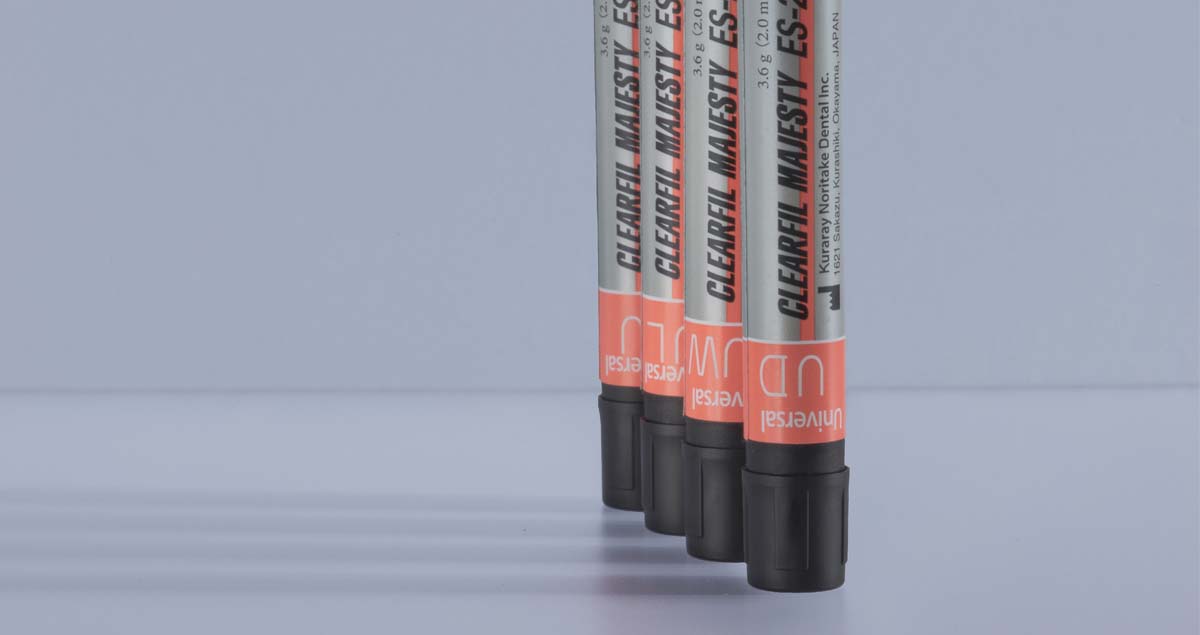Users of dental zirconia are really spoilt for choice these days. Countless manufacturers offer zirconia materials that differ in their mechanical and optical properties and indication range. What is not apparent at first sight is that the available products also differ with respect to the quality of the CAD/CAM blanks offered. Blank quality is highly dependent on the quality of the raw materials and is affected by different aspects during raw material processing, pressing and pre-sintering. This has a huge impact on the surface quality, edge stability, fit and processing requirements of milled restorations.
Raw material production
Pre-shaded dental zirconia typically consists of metal oxides, including zirconium oxide, yttrium oxide and aluminium oxide, as well as additives like binders and colour pigments or ions. Most manufacturers of dental zirconia obtain pre-fabricated powder from an external industry partner, the most popular option being Tosoh Corporation. In contrast, Kuraray Noritake Dental relies on an end-to-end in-house process. This includes the production and addition of the components forming the company’s innovative multilayer technology for a polychromatic blank structure and – in the case of "KATANA™ Zirconia" YML – additional translucency and flexural strength gradation.
At Kuraray Noritake Dental, the powder is produced in-house.
Since more powder production steps are carried out in-house, the company is given full control over the quality of the raw materials, their grain size and the purity of the formulation. It also allows for a precise alignment of the mechanical and optical product properties to achieve a smooth transition from one layer to the next. The result is a seamless colour structure and outstanding match of the shades in the polychromatic blanks to the colours of the VITA classical A1–D4 shade guide.
In those materials combining different yttria concentrations in a single blank, additional in-house alignment measures may be taken. In the case of "KATANA™ Zirconia" YML, a completely new raw material was developed to deliver a uniform shrinkage ratio and harmonized coefficients of thermal expansion across the blank und thus bring flexural strength gradation to perfection.
Properties of zirconia restorations that are affected by the powder quality and composition include translucency and shade appearance, flexural strength, ageing behaviour and sintering performance.
Blank pressing
Zirconia discs and blocks used for CAD/CAM processing are usually produced by uniaxial and isostatic pressing. In the uniaxial compaction process, pressure is applied to the powder from one direction (uniaxial) or two directions (biaxial), whereas the isostatic compaction process involves virtually equal pressure applied from all sides. Hence, isostatic pressing typically results in a more uniform density distribution throughout the blank and a higher material homogeneity. These factors are prerequisites for a predictable processing and sintering behaviour and affect the fit of the final restoration. For optimal mechanical and optical properties of the zirconia material, it is essential to avoid large porosities, air pockets and impurities caused by airborne particles that are trapped during pressing.
At Kuraray Noritake Dental, a unique and extremely meticulous pressing process achieves a uniform pressure distribution and low risk of contamination by airborne particles. This specific procedure reduces gravitation forces and contributes to having as high as possible density of zirconia material. All the high-level preparation processes from raw material production to pressing are responsible for the high edge stability and surface quality of restorations milled from "KATANA™ Zirconia".”
Pre-sintering
The pre-sintering procedure is necessary in that it gives the pressed blanks the required stability to be machinable with milling tools. The selected temperature profile and duration of the pre-sintering cycle determine the material’s strength and processing properties and have an impact on the final sintering process.
The unique pre-sintering procedure carried out in the production facilities of Kuraray Noritake Dental results in blanks that are stable in their pre-sintered state. Although more stable, pre-sintered "KATANA™ Zirconia" is machinable with common diamond-coated milling tools without any increased risk of breakage or higher tool wear.
Fast sintering for the laboratory
The unique procedure has a positive impact on the surface smoothness after milling and can significantly shorten sintering times. In the dental laboratory, the sintering times may be reduced to 54 minutes* for single-tooth restorations and bridges of up to three units – an interesting option for rush cases and remakes.
*The material is removed from the furnace at 800 °C.
“KATANA™ Zirconia” YML speed sintered (90-minute sintering schedule), whereas the discs of competitors were sintered using typical overnight sintering schedules suitable for the particular material. Even with 90-minute sintering, KATANA™ Zirconia YML displays superior optical properties when compared to major competitors.
Uniform sintering schedules are offered for the whole "KATANA™ Zirconia" Multi-Layered Series.
Overview of the recommended sintering protocols.
Fast sintering for chairside
Using the "KATANA™ Zirconia" block with Dentsply Sirona’s CEREC system, it is possible to sinter single crowns up to three-unit bridges in 18–30 minutes without compromising the mechanical or optical properties.
The “KATANA™ Zirconia” block displays superior optical properties after 18 minutes of sintering compared with representatives of major competitors’ raw material after 30-minute and 60-minute sintering programs designed by Kuraray Noritake Dental based on the manufacturer’s recommendations.
Unique “KATANA™ Zirconia” properties
Together, these efforts taken by Kuraray Noritake Dental to produce dental zirconia of high quality make all the difference. The "KATANA™ Zirconia" series— "KATANA™ Zirconia" Yttria Multi Layered (YML), Ultra Translucent Multi Layered (UTML), Super Translucent Multi Layered (STML), High Translucent Multi Layered Plus (HTML Plus) and KATANA™ Zirconia High Translucent Mono Layered (HT)—have a homogeneous, high-density structure with low porosity and a high level of purity. In addition, "KATANA™ Zirconia" YML offers a seamless structure without transition lines despite flexural strength gradation. All these properties optimise the performance of the blanks during machining.
SEM images of non-polished “KATANA™ Zirconia” and a competitor’s material at 33× magnification. The four images of each material show the surface structure at different areas of a molar crown. In all areas, the surface of the restoration made of the competitor’s material is rougher and shows more porosity than the surface of the “KATANA™ Zirconia” crown directly after milling, according to Dr Josef Kunkela’s research results. One of the contributing factors to this result is the more densely pressed blanks with smaller grain sizes of “KATANA™ Zirconia”. (Courtesy of Kunkela Research Academy by Dr Josef Kunkela).
Surface roughness
An optimised processing behaviour leads to regular restoration margins, smooth surfaces and a precise fit of the restorations. The latter is due to the fact that the milling behaviour and volumetric shrinkage during final sintering are highly predictable, so that a user designing a 20 μm cement gap will get what he or she desires. Owing to the great control over optical properties and outstanding match to the VITA classical A1–D4 shades, "KATANA™ Zirconia" is considered to be one of the most aesthetic dental zirconia options available on the market.
Exellent marginal fit
SEM images revealing the fit of restorations made of two different materials (lithium disilicate and “KATANA™ Zirconia” Block STML) on a tooth abutment. The “KATANA™ Zirconia” restoration shows a more regular margin and more precise fit (with a cement gap of 19–21 μm) than the lithium disilicate crown (cement gap 26–45 μm). (Courtesy of Kunkela Research Academy by Dr Josef Kunkela).
Extremely regular margins of a “KATANA™ Zirconia” crown after milling, which is also a result of the favourable material structure.
In order to ensure all the desired material properties, including aesthetics and strength, one thing is essential: the machining carried out in the dental laboratory – milling and sintering - needs to adhere to the recommended protocols. This means that the milling machine and furnace should be cleaned and calibrated on a regular basis, which provides the conditions for optimised zirconia processing from the powder to the final, true-to-life dental restoration.
Mathias Fernandez Y Lombardi
EU Scientific Manager
Dental Ceramics & CAD/CAM Materials
Kuraray Europe GmbH
2013
Successful completion of an apprenticeship as a dental technician at Seuthe dental laboratory in Plettenberg, Germany
2018
Successful completion of dental technology studies at the University of Osnabrück, Germany. Graduation as an engineer in dental technology
Since March 2018
Employee of Kuraray Europe GmbH


